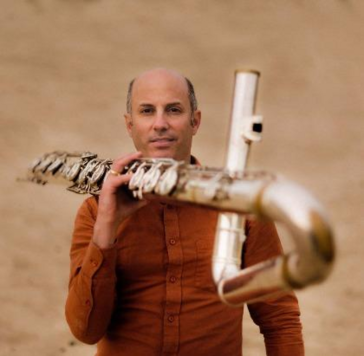Lesson study is een methode waarbij een groep docenten zelf een vernieuwende les voorbereidt, en samen onderzoekt of deze werkt voor de leerlingen. In een stapsgewijs proces van ontwerpen, onderzoeken en bijstellen, werken docenten zo aan hun professionele ontwikkeling. Fontys en de Universiteit Gent onderzoeken momenteel de effectiviteit en toepasbaarheid hiervan bij LO.

In het middelbaar beroepsonderwijs worden hybride leeromgevingen, waarin de contexten van school en werk worden geïntegreerd, gezien als een veelbelovende manier om onderwijs en praktijk beter op elkaar aan te laten sluiten. Er is weinig bekend over het duurzaam ontwerpen van deze integratieve leeromgevingen binnen een mbo-instelling als geheel, waarbij het gaat om leeromgevingen van verschillende sectoren. In deze meervoudige, tweejarige case study zijn 45 integratieve leeromgevingen op de grens van school en werk, verspreid over zes sectoren binnen één onderwijsinstelling in kaart gebracht. Deze leeromgevingen zijn in focusgroepen geanalyseerd op 1) waar zij zich bevinden op de dimensie school-werk, 2) de ontwerpkenmerken inhoudelijk, sociaal, temporeel, instrumenteel en ruimtelijk, en 3) bevorderende en belemmerende factoren bij het ontwerpen en uitvoeren van integratieve leeromgevingen. Dit onderzoek geeft inzicht in hoe deze leeromgevingen zijn ontworpen en welke factoren daarbij van belang zijn. Integratief samenwerken met het werkveld blijkt in alle sectoren mogelijk. De ontwerpkenmerken inhoudelijk, sociaal en ruimtelijk worden vaker als integratief ervaren dan het ontwerpkenmerk temporeel. Vanuit het temporele perspectief blijken vooral kaders van school leidend en komen daarmee naar voren als een belangrijke factor in het succesvol opschalen en verduurzamen van leeromgevingen.
MULTIFILE

The results will be consensus between departments of physiotherapy universities of allied health care about learning outcomes CommunicationThere is no consensus between Dutch Physiotherapy departments on learning outcome of bachelors
Students in Higher Music Education (HME) are not facilitated to develop both their artistic and academic musical competences. Conservatoires (professional education, or ‘HBO’) traditionally foster the development of musical craftsmanship, while university musicology departments (academic education, or ‘WO’) promote broader perspectives on music’s place in society. All the while, music professionals are increasingly required to combine musical and scholarly knowledge. Indeed, musicianship is more than performance, and musicology more than reflection—a robust musical practice requires people who are versed in both domains. It’s time our education mirrors this blended profession. This proposal entails collaborative projects between a conservatory and a university in two cities where musical performance and musicology equally thrive: Amsterdam (Conservatory and University of Amsterdam) and Utrecht (HKU Utrechts Conservatorium and Utrecht University). Each project will pilot a joint program of study, combining existing modules with newly developed ones. The feasibility of joint degrees will be explored: a combined bachelor’s degree in Amsterdam; and a combined master’s degree in Utrecht. The full innovation process will be translated to a transferable infrastructural model. For 125 students it will fuse praxis-based musical knowledge and skills, practice-led research and academic training. Beyond this, the partners will also use the Comenius funds as a springboard for collaboration between the two cities to enrich their respective BA and MA programs. In the end, the programme will diversify the educational possibilities for students of music in the Netherlands, and thereby increase their professional opportunities in today’s job market.

The main objective is to write a scientific paper in a peer-reviewed Open Access journal on the results of our feasibility study on increasing physical activity in home dwelling adults with chronic stroke. We feel this is important as this article aims to close a gap in the existing literature on behavioral interventions in physical therapy practice. Though our main target audience are other researchers, we feel clinical practice and current education on patients with stroke will benefit as well.